The Physical Properties of Gold
06/02/2024Daniel Fisher
Free & fully insured UK Delivery. Learn more
Secure & flexible payments. Learn more

Buyback Guarantee Learn more
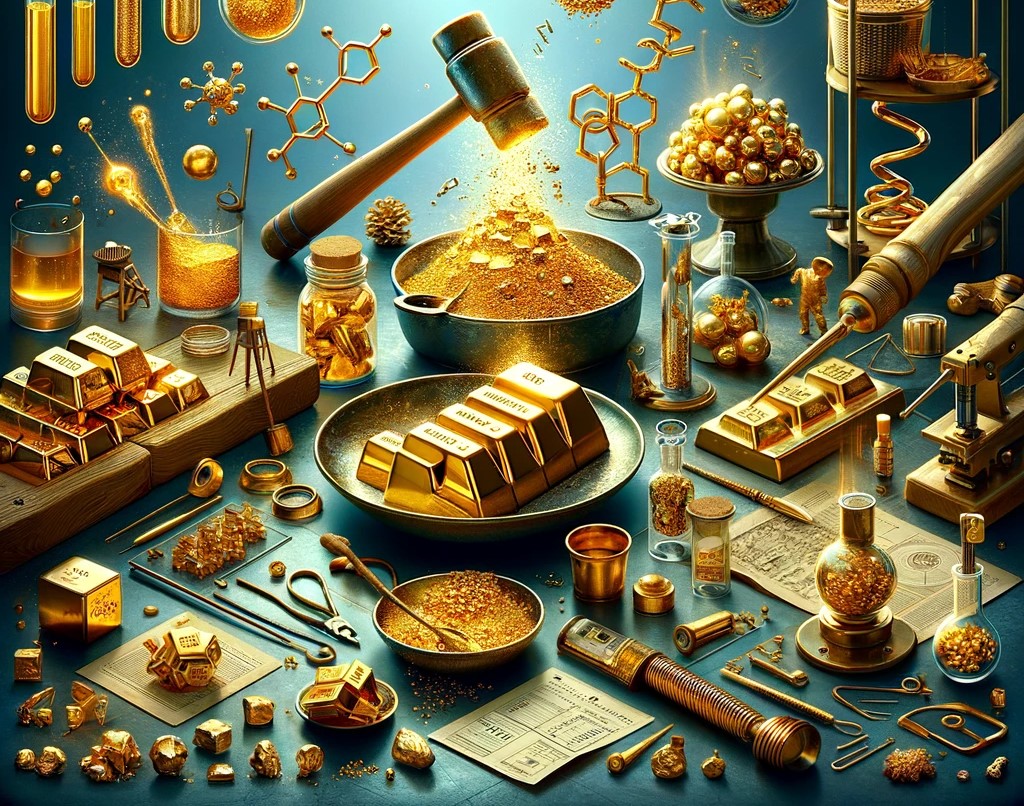
The everlasting symbol of luck, prosperity, and wealth, gold has been desired by humans for centuries. As one of the most sought-after precious metals in the world, it’s versatility and distinctive characteristics ensure it’s used in many different ways.
Gold is only the 58th rarest element on earth, so what are the physical properties which help keep gold so investable and unique?
It’s the very core of gold’s makeup that sets it apart from other elements. It possesses a set of fundamental characteristics that enable it to outperform every other metal for a number of important uses.
Gold is a chemical element renowned for its lustrous yellow appearance and valuable properties. Its atomic structure and inherent qualities contribute to its enduring allure and practical applications across various industries.
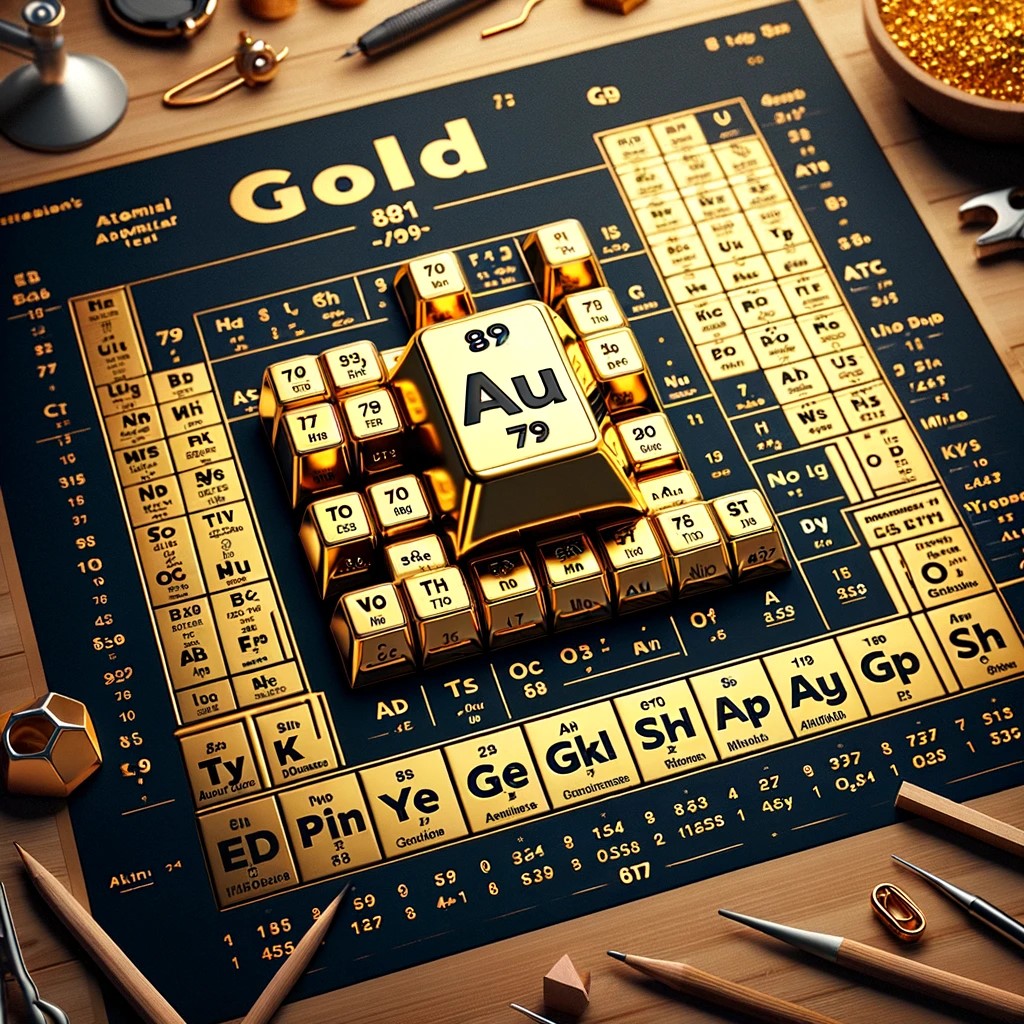
Gold’s atomic number, which is 79, signifies the number of protons found in the nucleus of each gold atom. This characteristic attribute distinguishes gold from other elements, contributing to its unique properties and widespread applications.
As a noble metal, gold exhibits remarkable resistance to corrosion and oxidation. This inherent stability makes it highly sought after for use in jewellery, electronics, and various industrial applications where durability and longevity are essential.
Gold is represented by the chemical symbol “Au,” derived from the Latin word “aurum,” meaning “shining dawn.” Positioned within the transition metals group on the periodic table, gold stands out for its unique combination of physical and chemical properties.
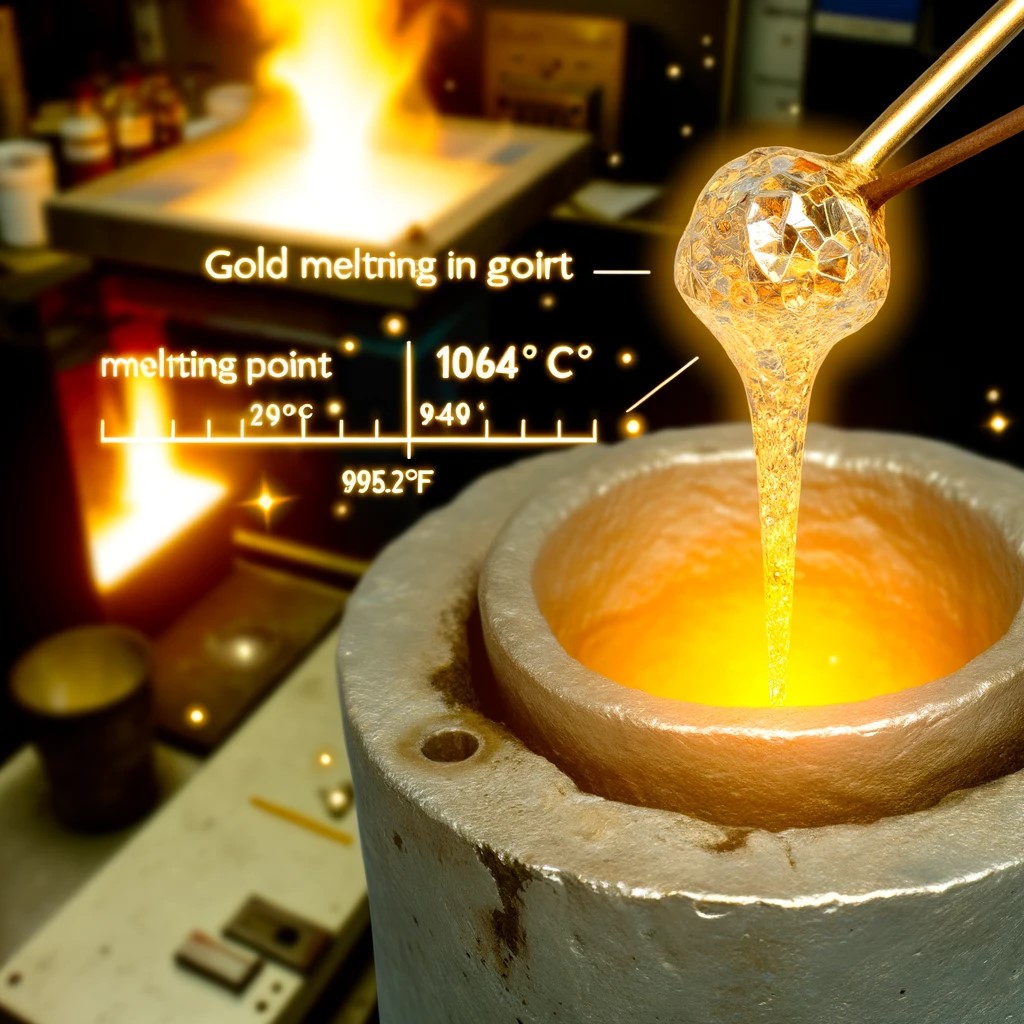
Pure gold, in its elemental form, exhibits a distinct melting point that underscores its stability under heat. The melting point of pure gold is approximately 1,064 degrees Celsius (1,947 degrees Fahrenheit). This temperature marks the point at which solid gold transitions into a liquid state.
Harnessing the melting point of gold in various purities is essential in various industrial processes, including jewellery making, metallurgy, and electronics manufacturing. It allows craftsmen and engineers to manipulate gold’s physical form, shaping it into desired objects or incorporating it into alloys with other metals.
Moreover, gold’s relatively high melting point contributes to its enduring value and durability. It withstands the rigors of high-temperature environments, ensuring that gold-based products retain their structural integrity and aesthetic appeal over time.
Gold is not magnetic in the traditional sense, a useful fact when determining if that coin you found in the loft is actually gold. It is classified as a diamagnetic material, meaning it generates a weak magnetic field when exposed to an external magnetic field.
Unlike ferromagnetic materials such as iron or nickel, which exhibit strong magnetic properties, gold does not retain magnetism after the external magnetic field is removed. This inherent lack of magnetism makes gold unsuitable for applications where magnetic properties are desired, such as in magnetic storage media or magnetic resonance imaging (MRI) machines.
Free ultimate guide for keen precious metals investor
In most instances pure gold is mixed with other metals creating an alloy to carefully fine tune its inherent properties. This adapts its characteristics to perform optimally for specific requirements, further enhancing gold’s adaptability and use in various applications. It’s important to understand that reducing the purity of gold, measured in gold carats, impacts elements such as its melting pint, density, and malleability.
Motivation for alloying gold can include the following.
On a very inherent level, it’s gold’s appearance which makes it so appealing. Humans have always been captivated by its shininess which has promoted its association with value and decoration.
Gold is best-known for its rich, warm yellow hue. But commonly gold’s colour ranges from deep yellow to reddish or even white, depending on its purity and alloy composition. This captivating colour, along with its inherent lustre, gives gold its unmistakable visual appeal.
The lustre of gold refers to its shine or sheen, which is often described as metallic or reflective. When polished, gold exhibits a brilliant glow that enhances its allure, making it a popular choice for jewellery and decorative objects throughout history.
One of the most intriguing properties of gold is its exceptional reflectivity. Gold does not absorb any light rays at all, reflecting light with remarkable efficiency, making it appear bright and radiant even in dim lighting conditions.
This high reflectivity is not only aesthetically pleasing but also practical. Gold’s reflective properties find applications in various fields, including optics and electronics. In mirrors and reflective coatings, gold’s ability to bounce light back contributes to clarity and precision, making it invaluable in optical instruments and high-tech devices.
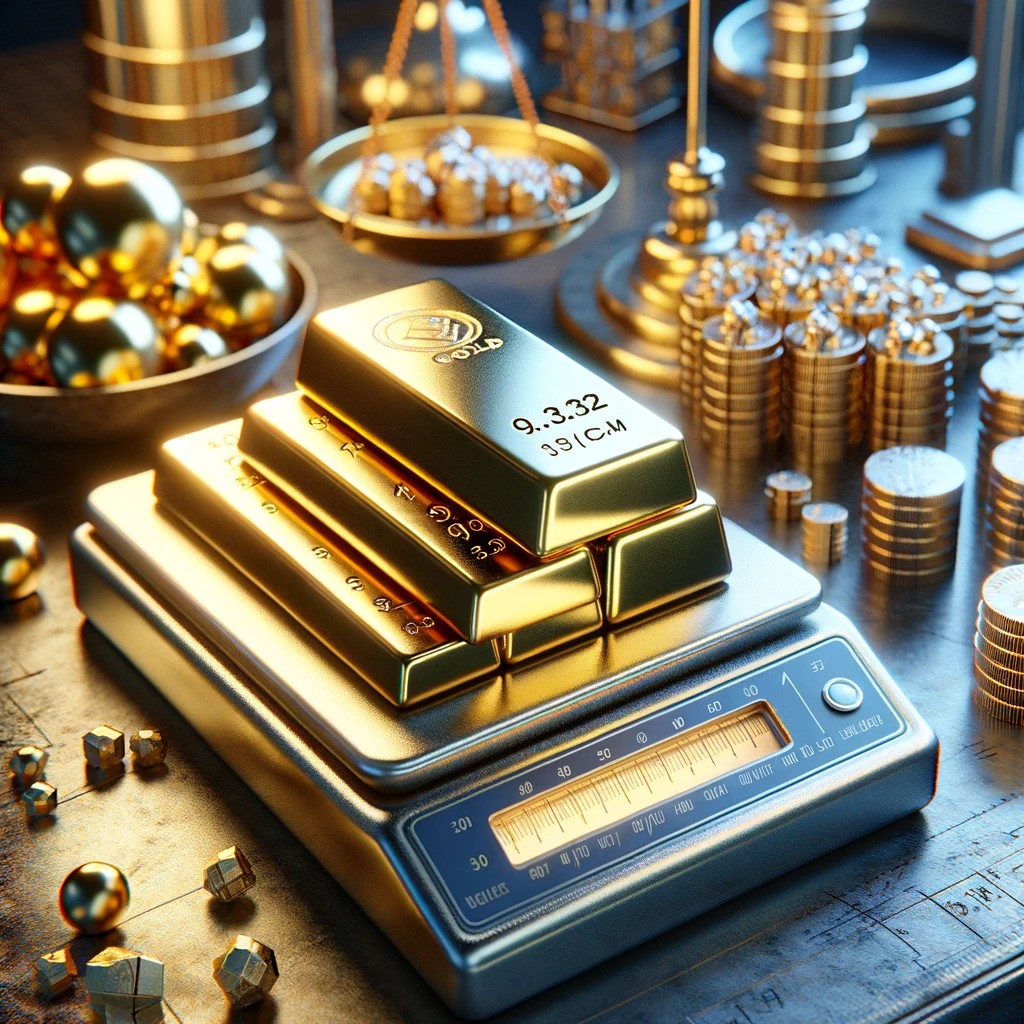
“Worth its weight in gold”, is an expression referring to gold’s value. But its density and weight are also significant in their own right, which plays significant roles in various practical applications and industries.
Density refers to the amount of mass per unit volume of a substance. In other words, how heavy is something for its size? Gold is notably dense, with a density of approximately 19.3 grams per cubic centimetre (g/cm³). This high density makes gold one of the densest naturally occurring elements, surpassed only by a few other precious metals such as platinum and iridium.
Due to its high density, gold is also relatively heavy compared to many other materials. If you’re ever lucky enough to pick up a kilo gold bar, it’s surprising heavy for its size. For example, a cubic centimetre of gold weighs 19.3 grams, significantly heavier than the same volume of water, which weighs just 1 gram. This weightiness contributes to gold’s substantial feel and solid presence, characteristics that are often associated with its perceived value and particularly revered in jewellery.
Gold’s density and weight have practical implications across various industries. In jewellery making, for instance, designers and artisans must consider gold’s weight when crafting pieces to ensure both comfort and aesthetic appeal. For investors, gold bars are made in a series of convenient weights from 5 grams up to 1 kg.
In scientific and industrial applications, gold’s density plays a crucial role in calculations and measurements. Moreover, gold’s density is exploited in various methods of gold purification and extraction, where its high density allows for effective separation from other materials through processes like gravity concentration or flotation.
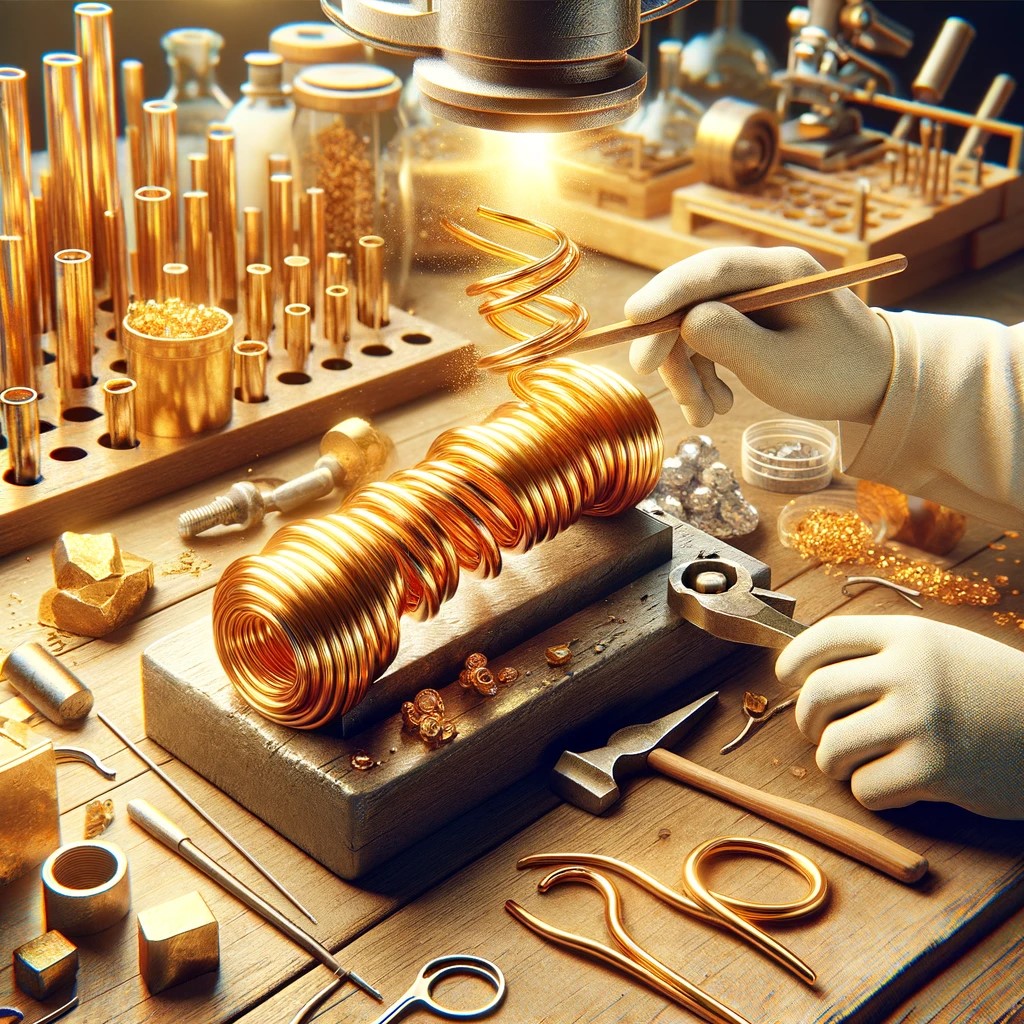
While gold’s appearance, rarity, and density ensure it appeals through aesthetics and wealth association, it wouldn’t be as widely used if it were not easy to work with. Its literal flexibility, demonstrated through its malleability and ductility, makes it a highly versatile material in various industries.
Malleability refers to a material’s ability to deform under compressive stress, allowing it to be shaped or hammered into thin sheets without fracturing. Gold is exceptionally malleable, ranking among the most malleable of all metals. A single gram of gold can be hammered into a sheet measuring roughly 1 square metre. This remarkable property has been exploited by artisans throughout history, enabling the creation of intricate jewellery designs and finely crafted objects.
Ductility, on the other hand, refers to a material’s ability to be adapted through stretching, useful for creating thin wires without breaking. Gold exhibits impressive ductility, making it capable of being drawn into long, fine strands. A single gram of gold can be drawn into a wire measuring approximately 2 kilometres in length. This ductile nature is essential in various applications, including electronics, where gold wires are used to connect components due to their reliability and conductivity.
Gold’s malleability and ductility make it ideal for use across numerous industries. In addition to jewellery and electronics, gold’s flexibility is utilized in dentistry for creating dental restorations, such as crowns and bridges. Its ability to conform to precise shapes ensures a comfortable and durable fit.
Within industrial settings, gold’s malleability and ductility are harnessed in processes like gold leaf production, where thin sheets of gold are used for decorative purposes, and in aerospace technology, where gold foils are employed for thermal insulation.
Our automated portfolio builder will provide suggestions based on various investments objectives
Gold’s conductivity is a defining characteristic that contributes to its widespread use in various industries, ranging from electronics to aerospace. While not quite at silver’s level of conductivity, gold ranks at third most conductive, just behind Silver and copper.
Thermal conductivity refers to a material’s ability to transfer heat. Gold exhibits excellent thermal conductivity of 318 Watts per metre Klevin (W/mk), ranking third most efficient heat conductor among metals. When exposed to heat, gold rapidly distributes thermal energy throughout its structure, making it valuable in applications where efficient heat dissipation is essential.
This trait comes in very handy in electronics, where gold is used in components such as heat sinks to prevent overheating and ensure the reliable performance of devices. Additionally, gold’s high thermal conductivity makes it suitable for aerospace technology, where it helps regulate temperatures in spacecraft components. Gold’s boiling point stands at a whopping 5,173 degrees Fahrenheit (2,856 Centigrade).

Electrical conductivity refers to a material’s ability to conduct electrical current. Gold is renowned for its exceptional electrical conductivity, surpassed only by a few other metals such as silver and copper. The official unit of measurement is Siemens per metre (S/m), named after the German physicist Ernst Werner von Siemen, who later founded Siemens and Halske (now known as Siemens AG). Gold scores 48.8 compared to silver’s top of class 62.9. These days, many gauge conductivity by comparing performance to that of silver, as the supreme conductor. Silver ranks a perfect 100 on its self-administered scale, with copper scoring 97, and gold performing very well in third at 76.
Gold’s low resistance to the flow of electrons makes gold highly efficient in transmitting electrical signals. This property is exploited in various electronic devices, where gold is used in connectors, circuitry, and contacts to ensure reliable electrical connections. While silver is both cheaper and more conductive, gold’s corrosion resistance further enhances its utility in electronics, as it maintains conductivity over time without succumbing to oxidation or tarnishing.
Gold’s remarkable resistance to corrosion is a key factor contributing to its enduring value and versatility across various applications. While gold is an expensive option for use in jewellery and electrical connectors, its corrosion resistance means it offers more longevity, improving the overall value of selecting it as the material of choice.
One of the misconceptions surrounding gold is whether it rusts like iron or other metals. The truth is, gold does not rust in the same way as iron. Rusting, which is a form of corrosion specific to iron and its alloys, occurs when iron reacts with oxygen and moisture in the air to form iron oxide, commonly known as rust.
Gold, however, is largely inert and does not undergo oxidation or rusting in the same manner as iron. Its chemical stability means that gold remains unaffected by exposure to oxygen or moisture, maintaining its lustre and integrity over time.
In addition to resisting rust, gold also remains tarnish-free, further showcasing its exceptional corrosion resistance. Tarnishing, which is the dulling or discoloration of metals due to chemical reactions with substances like sulphur or oxygen, is a common issue with many metals, including silver and copper. This makes keeping gold coins far easier than silver coins, with the later prone to tarnishing if exposed too much to oxygen.
Gold’s inert nature ensures that it does not tarnish or corrode even when exposed to elements that typically cause tarnishing in other metals. This property makes gold particularly valuable in applications where maintaining appearance and longevity are critical, such as in jewellery and electronics.
At Physical Gold, our experts are happy to help you with queries related to precious metals. We can also advise you on making the best purchases when it comes to gold or silver. Please call us on (020) 7060 9992, or get in touch with us online by visiting our website. We are always happy to help.
Gold is renowned for its enduring properties, remaining virtually unchanged over millennia due to its exceptional resistance to tarnishing and corrosion. Its inert nature ensures that gold jewellery and artifacts can retain their beauty and value for thousands of years. Additionally, gold’s high density contributes to its durability, making it a reliable choice for long-lasting investments and treasured possessions.
Gold is considered a soft metal due to its malleability and ductility. While gold is relatively soft compared to other metals, it is not as soft as lead or tin. Its softness allows gold to be easily shaped and moulded into intricate designs, making it a great choice for jewellery and can be alloyed with other metals to increase its hardness for specific applications.
Gold is inherently shiny and possesses a distinctive lustre that sets it apart from other metals. Its natural brilliance and reflective properties give it a shiny appearance, especially when polished or crafted into jewellery. While certain factors like crystallization or the cooling process may affect its shine, gold typically maintains its shiny allure, making it a prized material for adornment and decoration.
Gold is considered rare due to its limited availability in the Earth’s crust compared to most elements, but it certainly isn’t the rarest. Rhodium is 35 times rarer to find than gold, with platinum and palladium 30 times rarer. Rarer still are metals such as osmium, iridium, and ruthenium. None of these are Rare Earth elements which are even rarer in their abundance.
Gold exhibits exceptional conductivity, both electrically and thermally, surpassing many other metals. While copper, silver, and aluminium are also conductive, gold offers superior electrical conductivity, making it highly efficient in transmitting electricity. Additionally, gold’s excellent thermal conductivity ensures efficient heat transfer, further enhancing its utility in various applications, from electronics to aerospace.
Gold is highly resistant to rust or corrosion due to its inert nature. Unlike iron or other metals, gold does not react with oxygen or moisture in the air, preventing rust formation. This exceptional resistance to tarnishing makes gold a durable and long-lasting material for jewellery and other applications.
Gold’s heaviness is primarily attributed to its high density, which is among the highest of all naturally occurring elements. Each gold atom is relatively heavy, contributing to the overall weight of the element. This density makes gold heavier than many other materials, even those with similar atomic weights. Despite its weight, gold remains malleable and ductile, allowing it to be shaped and worked into various forms without becoming brittle.
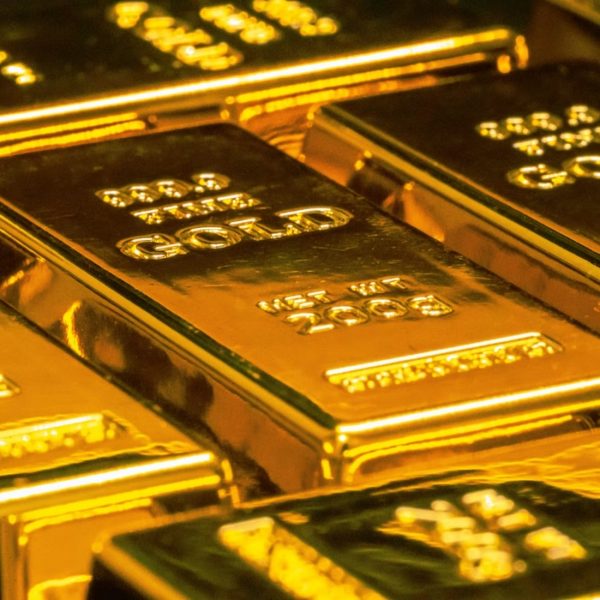
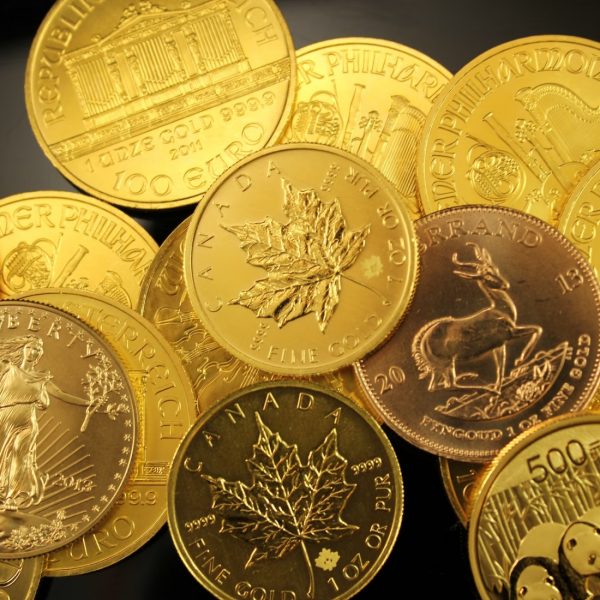
Live Gold Spot Price in Sterling. Gold is one of the densest of all metals. It is a good conductor of heat and electricity. It is also soft and the most malleable and ductile of the elements; an ounce (31.1 grams; gold is weighed in troy ounces) can be beaten out to 187 square feet (about 17 square metres) in extremely thin sheets called gold leaf.
Live Silver Spot Price in Sterling. Silver (Ag), chemical element, a white lustrous metal valued for its decorative beauty and electrical conductivity. Silver is located in Group 11 (Ib) and Period 5 of the periodic table, between copper (Period 4) and gold (Period 6), and its physical and chemical properties are intermediate between those two metals.